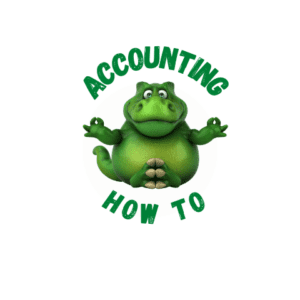Under the Percent of Sales Method for tracking bad debts, credit sales (not cash sales) are multiplied by a percent to arrive at the estimate for bad debts. That percentage will be based on the...
Archives: Blog
How to Use the Aging of Accounts Receivable Method for Bad Debts
Under the Aging of Accounts Receivable Method for accounting for bad debts, a company creates an estimate of bad debts based on the age of outstanding invoices. This estimate is based on a company's...
The Allowance Method for Doubtful or Uncollectible Accounts is used to estimate future bad debts based on current month revenues. Using past performance data, a company can estimate that a certain...
The direct write-off method for bad debts is a method used by smaller companies with few receivables. Debts are written-off at the time the debt is determined to be uncollectible. When is the...
What is the Difference Between the Direct Write-off Method and the Allowance Method?
The main difference between the Direct Write-off Method and the Allowance Method in accounting for bad debt is the timing of when bad debt expense is recorded. Under the Direct Write-off Method,...
What is the Journal Entry to Record the Sale or Disposal of an Asset?
When an asset is sold or scrapped, a journal entry is made to remove the asset and its related accumulated depreciation from the book. The asset is credited, accumulated depreciation is debited, cash...
